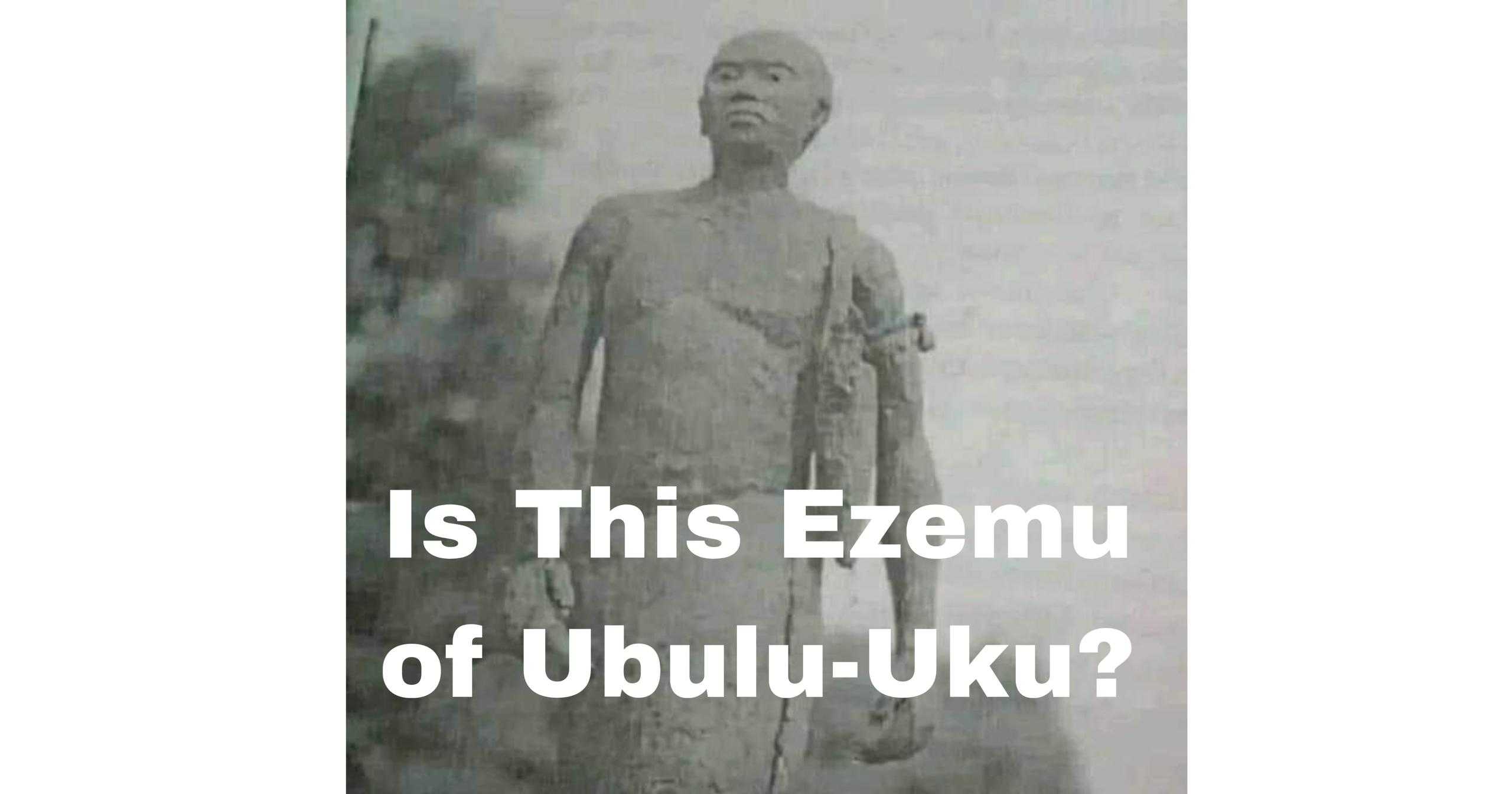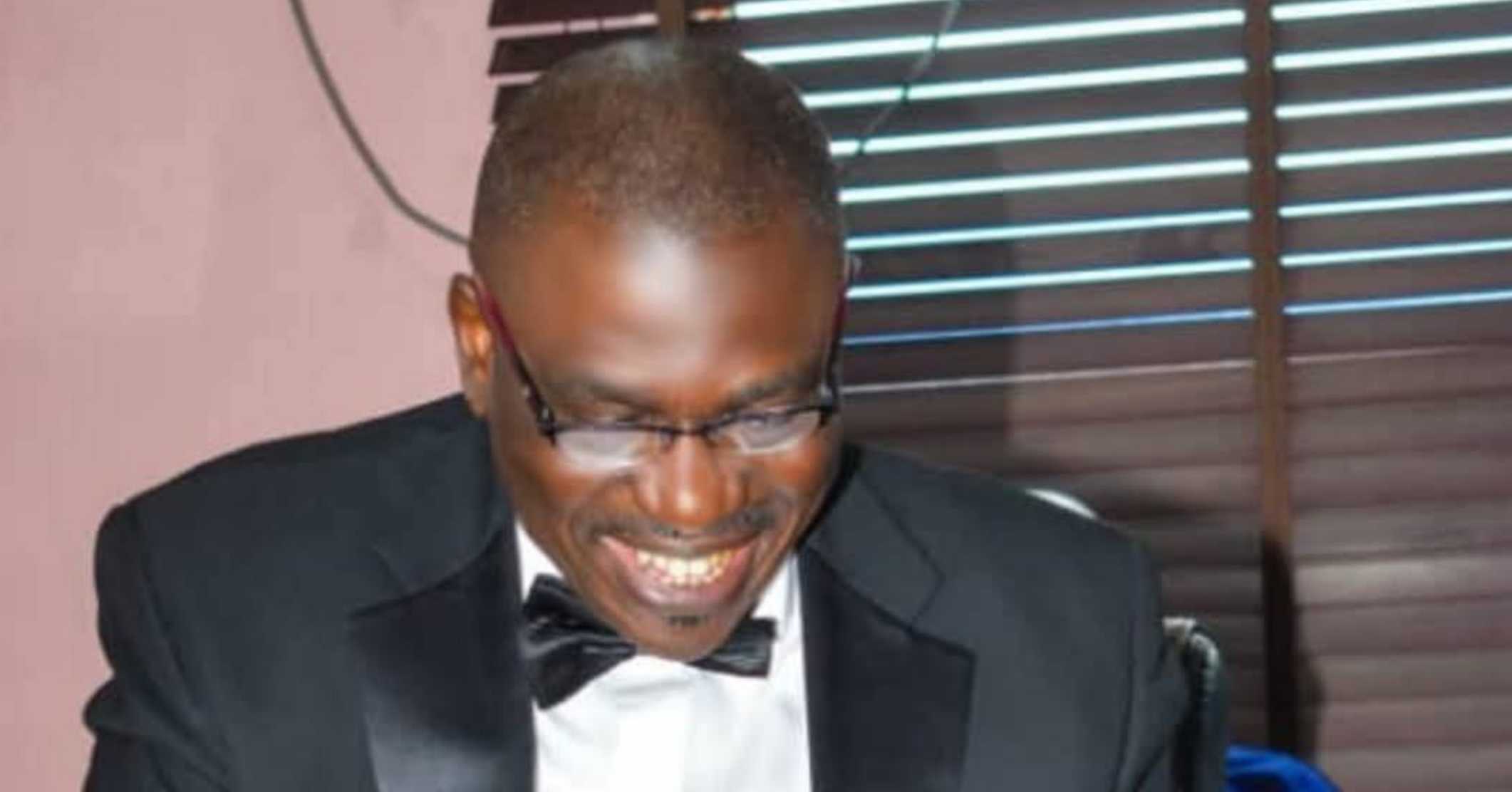
Ezemu's Statue: Unveiling The Truth Behind History of Ubulu-Uku
Recently, social media has been flooded with images of a statue purportedly representing Ezemu, the progenitor of Ubulu-Uku kingdom.
However, as a direct descendant of Ezemu, I raise critical questions about the authenticity of this statue.
The statue, initially erected in the late 90s and replaced 15 years ago, sparks concerns:
1. Who designed the statue, and what was its intended purpose?
2. Is the designer an Ubulu-Uku native, and if not, how familiar is he with Ezemu's history?
3. Does the statue accurately depict Ezemu as "Eze ịsị iyọmiyọ" (the king with curly long hair)?
4. What historical significance connects Ezemu to Issele-Uku junction, where the statue stood until it was allegedly fell by windstorm?
5. Has anyone attempted to restore or commission a fitting replacement at the Issele-Uku Junction or Ezemu's actual residence?
Ezemu's identity is characterized by three key descriptors:
1. "Eze ịsị iyọmiyọ" - The King with curly long hair
2. "Ezemu oshi ani" - Ezemu who disappears
3. "Ezemu ashi ani" - Ezemu the soul of the land
Ezemu settled under the Ubulu-Ukwu tree after leaving his four older brothers at Ubulu-Uno.
A fitting statue should portray him as "Eze ịsị iyọmịyọ" and be located at Agbonta Idumuede, near the Ubulu tree.
As a researcher, I advocate for a historically accurate representation of Ezemu, honouring his legacy and Ubulu-Uku's rich history.


